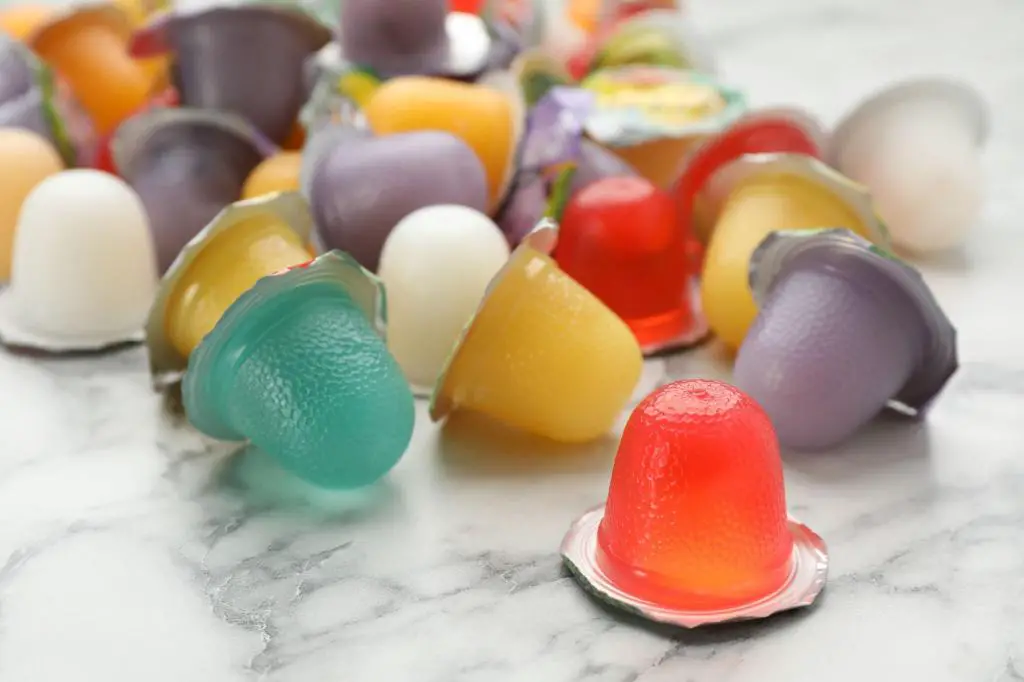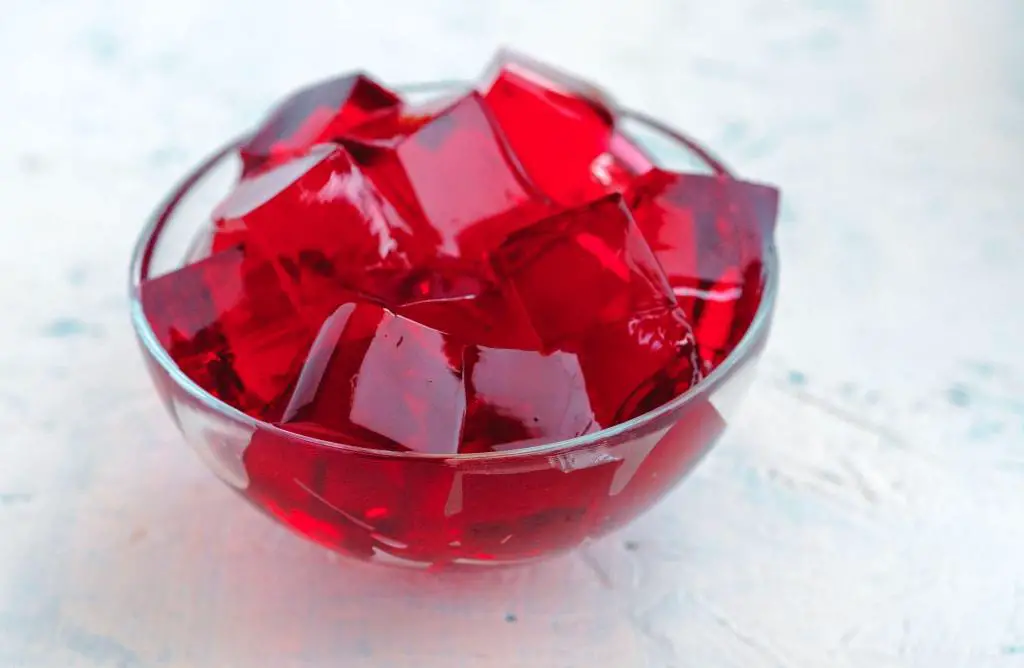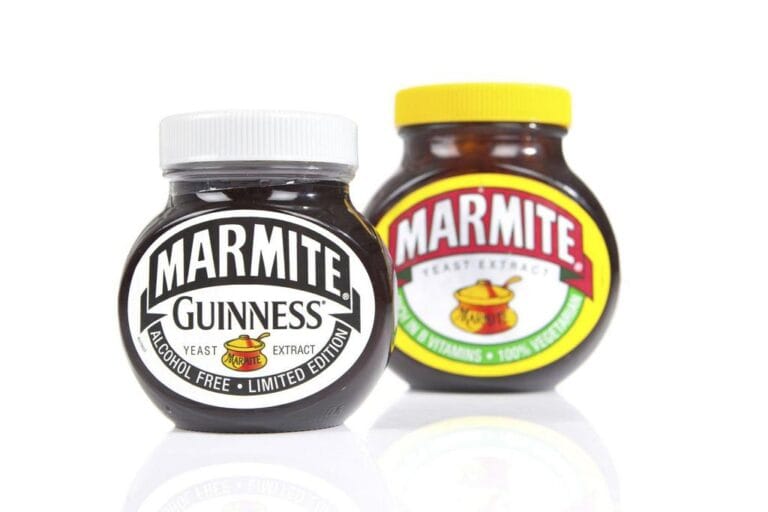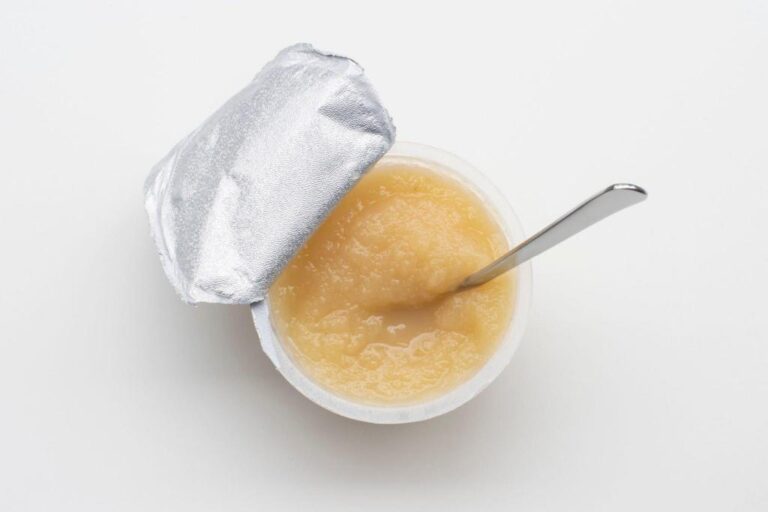Can You Eat Unopened Expired Jelly (or Past Use-by Date)?

Have you ever found yourself standing in front of your pantry, eyeing that unopened jar of jelly with an expiration date that seems like a distant memory? The temptation to salvage the sweet delight is real, but the looming question remains—can you eat unopened expired jelly?
From the science behind expiration dates to the surprising resilience of certain pantry staples, this exploration delves into the deliciously daring realm of jelly consumption.
So, before you dismiss that unopened jar as a relic of the past, join us on a flavorful journey to unravel the mysteries of expired jelly—because sometimes the best flavors defy the constraints of time.
What Is Jelly: Ingredients and Production Process

Ever wondered about the magic behind that translucent, wobbly delight we call jelly? Let’s unravel the mystery, starting with its core components. Primarily, jelly is a gelatinous concoction made from fruit juice, sugar, and pectin. This simple yet ingenious combination transforms liquid into the wiggly treat we love.
Ingredients:
- Fruit Juice: The base of jelly, providing its distinctive flavor. Popular choices include grape, apple, and strawberry.
- Sugar: Sweetens the mix and acts as a preservative.
- Pectin: The unsung hero, a natural thickening agent found in fruits, ensuring that jelly achieves its desired consistency.
Production Process:
- Juice Extraction: Fresh fruit is juiced, or commercial fruit juice is used as the primary liquid component.
- Heating and Mixing: The juice is heated, and sugar and pectin are added, forming a sugary concoction.
- Boiling and Setting: The mixture is brought to a boil, activating the pectin and causing the liquid to gel. After cooling, the jelly sets into its familiar form.
Understanding the alchemy of jelly creation adds an extra layer of appreciation to this beloved treat.
Understanding Jelly Expiration and Shelf Life
Delving into the world of jelly expiration unveils a nuanced exploration of flavor preservation and safety. The unopened jar, a time capsule on your pantry shelf, bears an expiration date—an assurance of peak quality.
Understanding Expiration Dates of Food
Deciphering expiration dates requires a bit of decoding. Manufacturers use various terms, such as “best by,” “use by,” or “sell by.” Familiarize yourself with these labels to make informed decisions about the freshness of your pantry treasures.
| Term | Meaning |
| Best By | Optimal quality until this date; still safe to consume after, but quality may diminish. |
| Use By | Consume by this date for peak quality and safety. |
| Sell By | Indicates how long a store can display the product for sale; still safe to consume after this date. |
Consider the subtle dance between time and taste when evaluating whether you can consume unopened, expired jelly.
Factors like temperature and storage conditions influence jelly quality. Shielded in its jar, the jelly’s sensory qualities persist, but vigilance is crucial. Engage your senses—the aroma, visual cues, and taste can reveal the jelly’s story. A whiff, a glance, a small taste—all contribute to deciphering whether the jelly, even if past its official date, remains a delectable treat.
Can You Eat Unopened Expired Jelly?
Expired jelly should not be consumed, as it loses its vitamins and nutrients and may cause health problems. Unopened jelly can last up to a year past its expiration date, but once opened, it should be consumed within 6 months to a year.
While jelly can generally be consumed even if it has passed its expiration date, it is important to check for signs of spoilage, such as mold or a foul odor, before consuming it. Once there is any mold present, the entire jar must be discarded.
Eating expired jelly can potentially lead to an upset stomach or food poisoning, so it is best to avoid it. Therefore, it is not recommended to eat unopened, expired jelly due to the potential health risks associated with consuming it.
Safety Concerns and Health Risks
Diving into the world of unopened, expired jelly sparks a crucial discussion about safety and potential health risks. The journey begins with a visual inspection of the jar – any signs of damage or a compromised seal could open the door to bacterial infiltration. Mold, the unwelcome guest in this culinary tale, may manifest as fuzzy, discolored patches, presenting a clear signal of spoilage.
To get more specific, think about the kind of jelly in question. While high-sugar varieties often act as natural preservatives, inhibiting bacterial growth, their low-sugar counterparts, or those with natural fruit pieces, might be more susceptible to spoilage.
The stakes rise for individuals with allergies, as even sealed jars may see ingredient degradation over time, potentially triggering adverse reactions.
In essence, the safety concerns surrounding unopened, expired jelly extend beyond a mere glance at the calendar. The table below encapsulates the key safety considerations and health risks associated with venturing into the uncharted territory of jelly consumption.
| Safety Concern | Description |
| Jar Integrity | Check for any damage or a compromised seal, as this could pave the way for bacterial infiltration. |
| Mold Presence | Visible mold on the surface or sides of the jelly is a clear indication of spoilage and potential health risks. |
| Allergic Risks | Individuals with allergies should exercise caution, as ingredient degradation may trigger adverse reactions. |
Understanding these safety considerations is paramount, empowering consumers to make informed decisions when faced with the tempting allure of unopened, expired jelly.
Extending Jelly Lifespan
Here’s your guide to preserving those tempting jars and keeping your taste buds delighted.
Proper Storage Techniques
- Cool, Dark Place: Store unopened jelly in a cool, dark place. Exposure to sunlight and drastic temperature changes can compromise quality.
- Check the seal: The jar’s seal is its fortress. Check for any signs of damage or compromise before purchase.
- Rotation System: Practice the “first in, first out” rule. Use the oldest jars first to maintain a fresh stock.
Deciphering Expiration Dates
Decoding expiration dates can be confusing. Different terms like “best by,” “use by,” or “sell by” add to the complexity. Familiarize yourself with these labels to make informed decisions about your pantry treasures.
| Term | Meaning |
| Best By | Optimal quality until this date; still safe to consume after, but quality may diminish. |
| Use By | Consume by this date for peak quality and safety. |
| Sell By | It indicates how long a store can display the product for sale; it is still safe to consume after. |
Conclusion
In the labyrinth of unopened jelly jars and expiration dates, the quest for both freshness and safety becomes paramount. The shelf life of unopened jelly is not a static boundary but a nuanced interplay of factors—the careful dance of time, storage conditions, and sensory exploration.
Navigating the safety concerns surrounding consuming expired food requires a vigilant approach, employing the sniff test, visual inspection, and trusting your taste buds as guardians against potential risks.
Jelly preservation methods emerge as culinary allies, transforming the pantry into a sanctuary of enduring delights. From proper storage techniques in cool, dark spaces to the strategic implementation of a rotation system, these practices ensure that each jar tells a story of freshness and flavor.
As we unravel the complexities of food expiration dates, we empower ourselves to make informed decisions about our pantry treasures, striking a harmonious balance between indulgence and caution.
In the realm of unopened, expired jelly, the journey is as delightful as the destination. Embrace the safety-conscious explorer within, for in the careful preservation of your favorite fruity companion, you not only savor the sweetness but also ensure a culinary adventure that is both delectable and secure.
FAQs on Shelf Life of Unopened Jelly
Can unopened jelly go bad?
While unopened jelly has a longer shelf life, it can still go bad if exposed to unfavorable conditions like sunlight or extreme temperatures. Always check for signs of spoilage before consumption.
How can I tell if unopened jelly is still good?
Engage your senses. A good sniff, a visual inspection for mold or discoloration, and a small taste can help determine if the unopened jelly is still safe to eat.
What happens if I eat expired jelly?
Consuming expired jelly, especially if it shows signs of spoilage, can lead to gastrointestinal issues. It’s crucial to pay attention to the jelly’s condition to avoid potential health risks.
Can I use unopened jelly past its “best by” date?
Yes, the “best by” date is an indicator of optimal quality, but unopened jelly is often safe for consumption beyond this date. Evaluate the sensory qualities before deciding.
How should I store unopened jelly to prolong its lifespan?
Store unopened jelly in a cool, dark place, away from sunlight and temperature fluctuations. Checking the jar’s seal and practicing a rotation system can also help maintain freshness.






